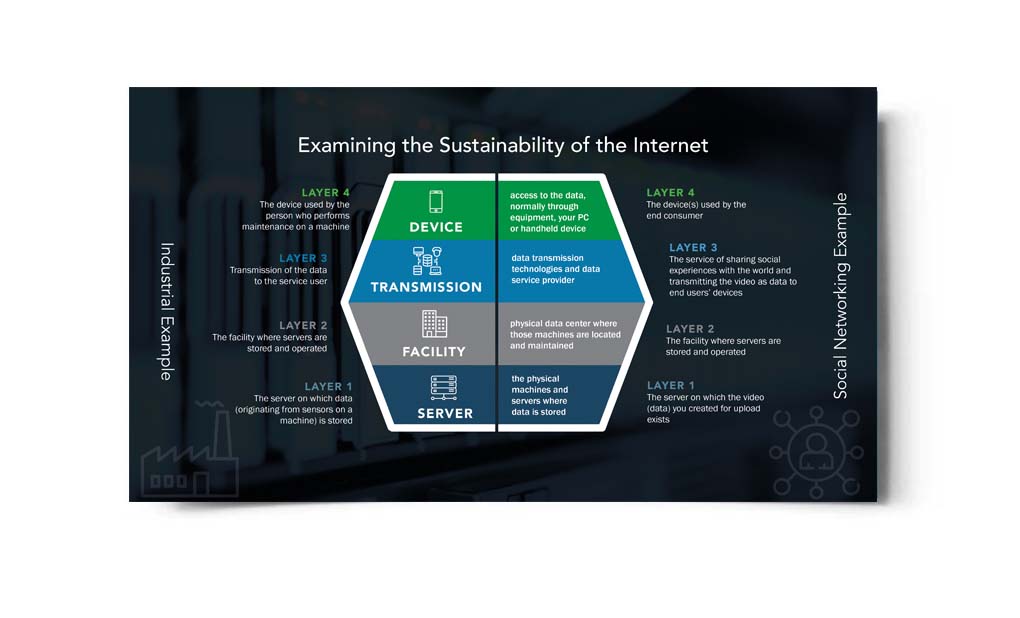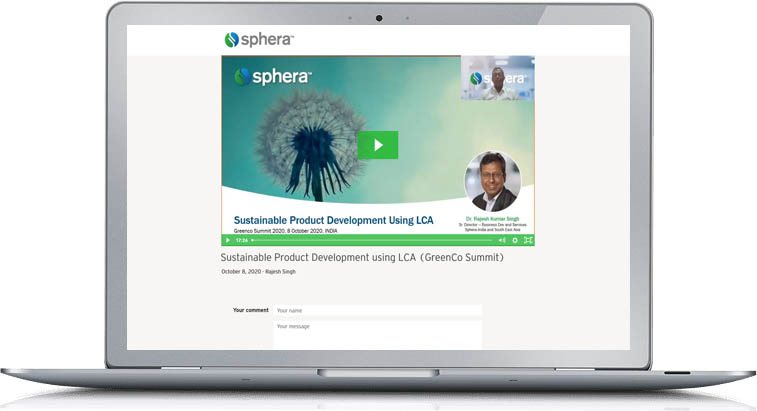ESG (environmental, social and governance) reporting requires companies to share qualitative information and data on issues that are material for a business’ performance and outlook. Naturally, material issues vary from company to company, so a business must determine for itself which issues fit the description. This is where a materiality assessment helps.
How Is a Materiality Assessment Conducted?
“Material” simply means “having real importance or great consequences,” and the materiality assessment offers the most effective way to determine which ESG issues are most important or consequential for an organization. The process engages internal and external stakeholders in identifying relevant issues and gauging their relative significance based on their potential impact on the organization and their importance to stakeholders.
Materiality assessments benefit when a wide range of stakeholders is involved. Input from employees, suppliers, investors and board members is useful. Members of the communities in which a business operates might also be included, as their opinions will help a business understand its social impact. A company needs to decide how broad its stakeholder representation should be, with the knowledge that participation from a wider range of stakeholder groups can yield a more comprehensive materiality assessment.
When considering potential impacts, stakeholders need to think about the positive and negative, so that risks as well as opportunities are captured. The inclusion of positive and negative effects and outcomes enables materiality assessments to play a useful role in strategic planning.
Reporting Requirements and Materiality
Materiality assessments can be a critical component of a company’s compliance effort. In fact, several regulations and reporting frameworks that will soon go into force require companies to report on material issues.
For example, the climate-related disclosure rules proposed by the U.S. Securities and Exchange Commission (SEC) ask reporting companies to explain how “climate-related risks identified by the registrant have had or are likely to have a material impact on its business and consolidated financial statements…” Certain companies must also disclose the Scope 3 emissions they consider material under the SEC’s climate-related disclosure rules.
Similarly, the sustainability reporting standards under the recently approved Corporate Sustainability Reporting Directive (CSRD) ask companies to provide “materiality assessments of sustainability impacts, opportunities and risks.”
Investors have been behind the regulatory push for more transparent ESG assessments that highlight material issues because they are critical for their due diligence process and successful risk management.

The Basic Steps of a Materiality Assessment
When conducting a materiality assessment, an organization should start by identifying stakeholders and reaching out to ask for their participation. Next, it needs to decide what it wants to measure: Does it want to assess social, environmental or economic impact? (Or all of the above?) This decision will help the organization design its stakeholder survey.
Once the survey has been designed and launched, the company can select certain stakeholders to interview for additional input. During the process, stakeholders should rank topics in terms of significance.
With surveys and interviews completed, the organization can then analyze the input received. The final product is a materiality assessment that can be used for strategic planning and the company’s compliance effort.

The Role of Events and Trends
Global events, crises and trends can materialize as topics that need to be addressed in materiality assessments. The COVID-19 pandemic is a clear example, and it demonstrates how material issues can surface and evolve over time. Some of these issues may have relatively short lifespans, but they still need to be managed. A materiality assessment helps to draw attention to them.
The Benefits of a Materiality Assessment
In addition to providing useful information for regulatory compliance, materiality assessments offer a variety of benefits. A comprehensive assessment can:
- Highlight matters for monitoring and management that may have been overlooked.
- Point to trends that can affect the company’s ability to create value in the long term.
- Help the business identify and act on potential opportunities.
- Identify the topics that interest important stakeholders.
- Ensure that the most critical environmental, social and governance topics are considered.
Measure, Then Improve
The ESG framework has gained ground as a way to measure business performance, and the materiality assessment ensures that companies measure what matters most to their internal and external stakeholders. It provides a foundation for strategic planning and a benchmark for progress. For more information about materiality assessments, please see our glossary page on the topic.










